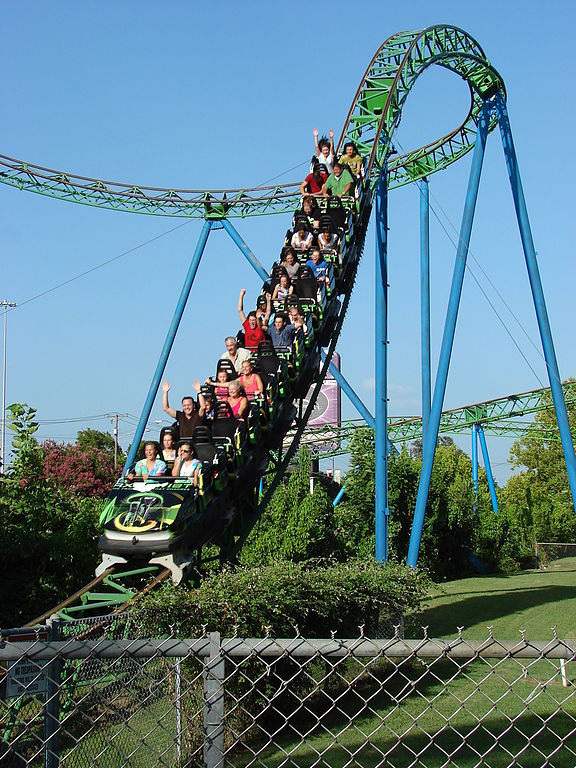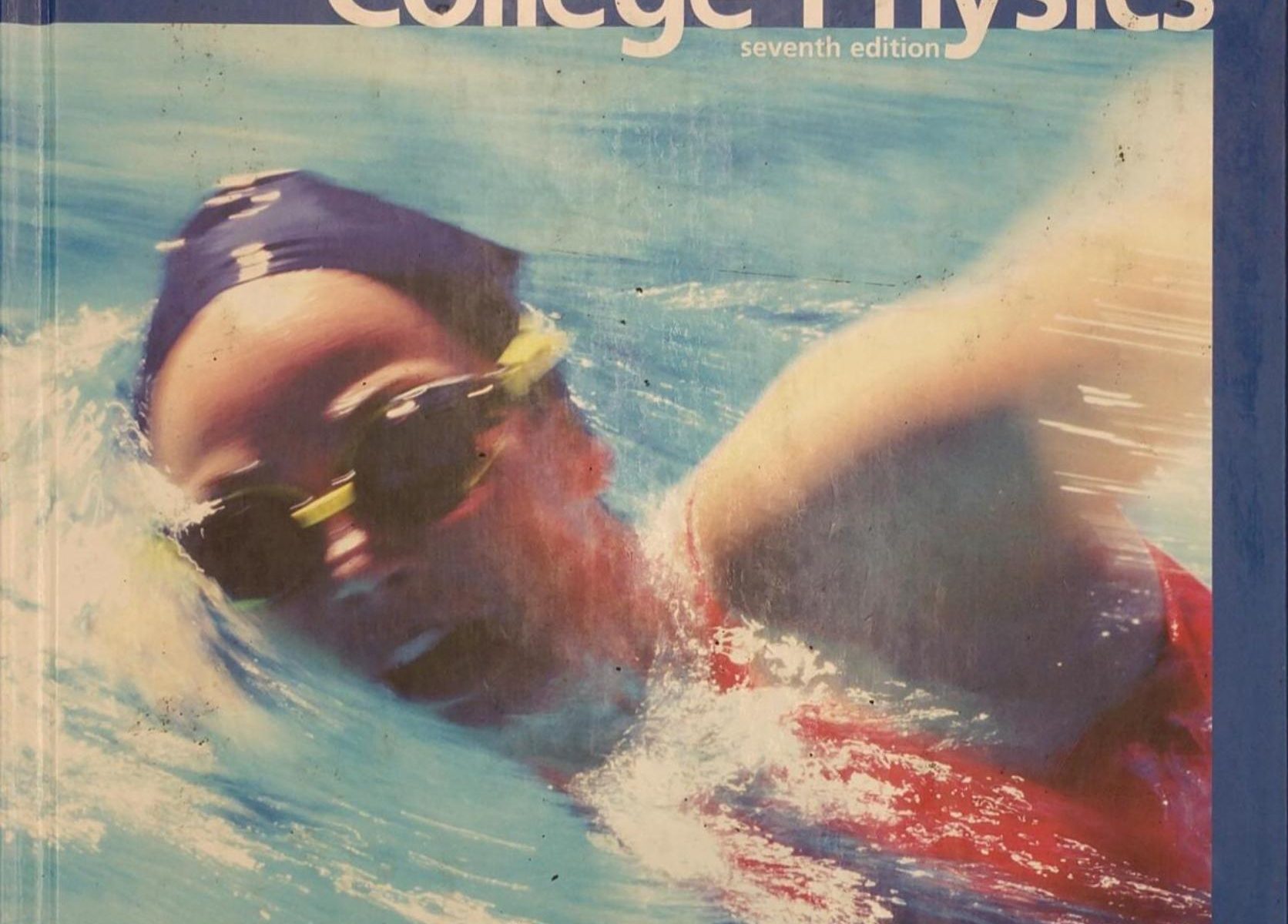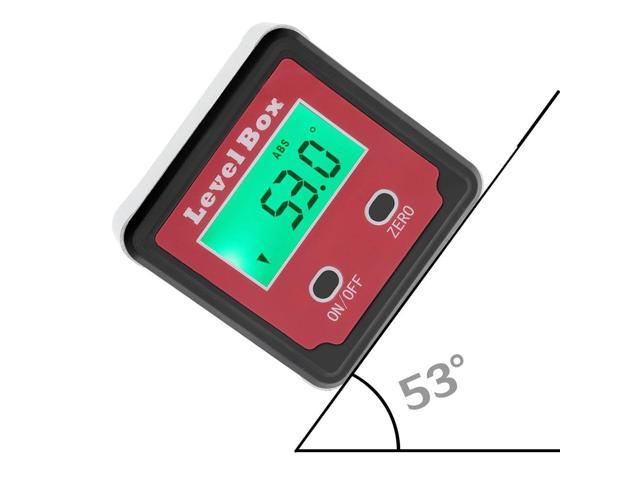Warm up
Sketch the following roller coaster, then draw energy bar charts for Position A, B, and C.

No stamp today, but you will get credit for completing the warmup section for today.
Lesson
Video day. What the main video and answer the questions on the handout. You may ask the sub to pause the video if you need time to complete lengthier questions.
File Name: Roller-Coaster-Physics-video-notes.pdf
Other energy videos you may enjoy
Is energy conserved on a galactic scale? Watch the videos below:





